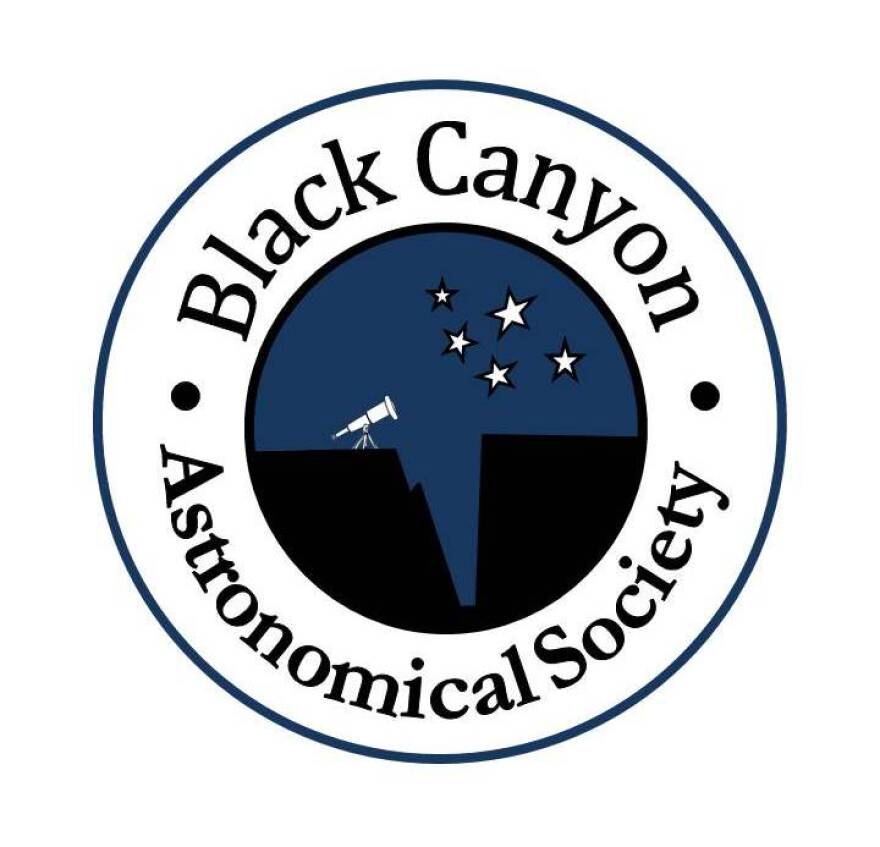It’s mid-February, and love is in the air. But for some constellations, it seems love can be blue.
Look to the northeast after dark for Cassiopeia. The signature “W” will be upside down – as an “M” this time of year, and it contains five bright stars.
Cassiopeia, in Greek tradition, was a vain queen and boasted not only of her own beauty, but that of her daughter, Andromeda. This angered the sea nymphs and they protested to Poseidon, god of the sea. Poseidon sent a sea monster to terrorize the coast.
To save their country, Cassiopeia and King Cepheus chained Andromeda to a rock as a sacrifice. Now, that is blue love. But Perseus, son of Zeus, was flying by on his winged sandals. Andromeda’s beauty caught his eye as the monster was bearing down. His quick action slayed the beast and saved the day.
The great Andromeda Galaxy is the closest big galaxy to us and, like the Milky Way, it has a spiral shape. It’s much larger, holding twice as many stars as our home galaxy at about 1 trillion stars.
Looking at Cassiopeia, the constellation, near the “M” shape you can find the Heart Nebula. Somewhat heart-shaped, it glows brightly with red light due to the discharge of that specific color by energized hydrogen gas. Nearby is a smaller neighbor, the Soul Nebula. Together they are almost visible to the unaided eye.
Heart and Soul seem to be at odds with Cassiopeia, the queen. As it turns out, the Easy Listening song Love is Blue, recorded by Paul Mauriat, was released 50 years ago. It topped Billboard’s Hot 100 list by early February, and stayed there five weeks during the midst of the Rock and Roll Revolution.
You can take in night sky objects Cassiopeia, Andromeda, Perseus and perhaps get a glimpse of the Heart and Soul Nebulae this Valentine season. Join the Black Canyon Astronomical Society at Black Canyon National Park Saturday, February 17, and also March 17 at 7:00pm at the South Rim Visitor Center. Whether you find that love is blue or one of many other colors, we hope you’ll join us.

Western Slope Skies is produced by members of the Black Canyon Astronomical Society. This episode was written and recorded by Park Ranger Paul Zaenger of Black Canyon of the Gunnison National Park.


